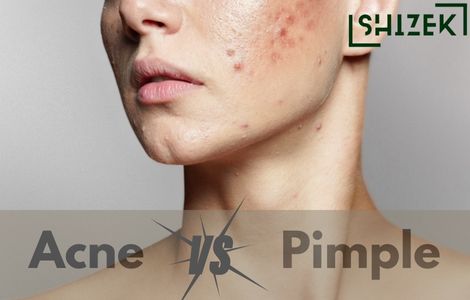Hindu Baby Girl Names: A-Z
Welcome to our page dedicated to Hindu baby girl names! Selecting a name for your daughter is a joyous and meaningful decision. Here, you’ll find a curated list of names, complete with their meanings in both English and Hindi and how to pronounce them. From traditional to modern, our extensive list has something for every family’s taste and heritage. Start your journey below to […]
































































































































